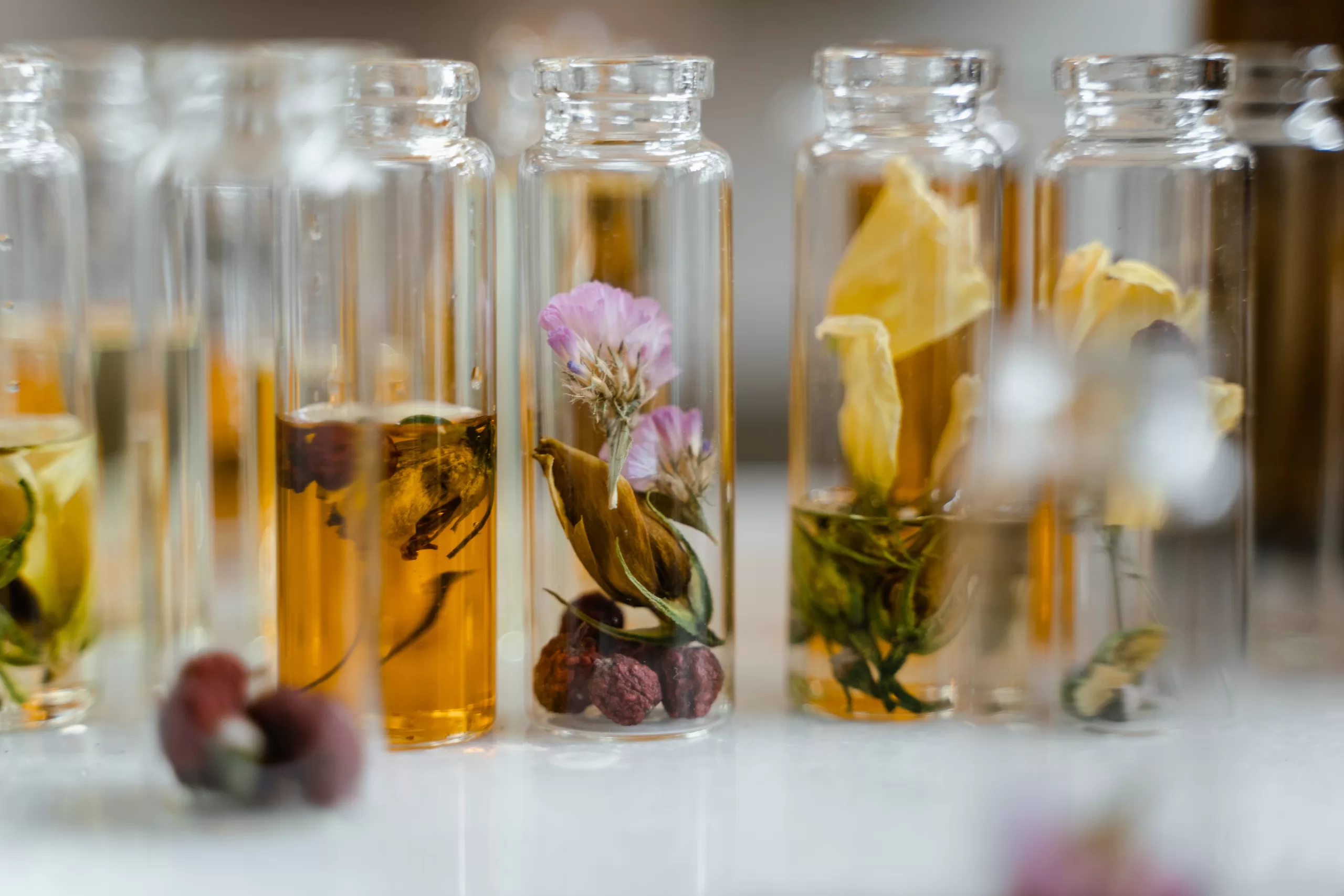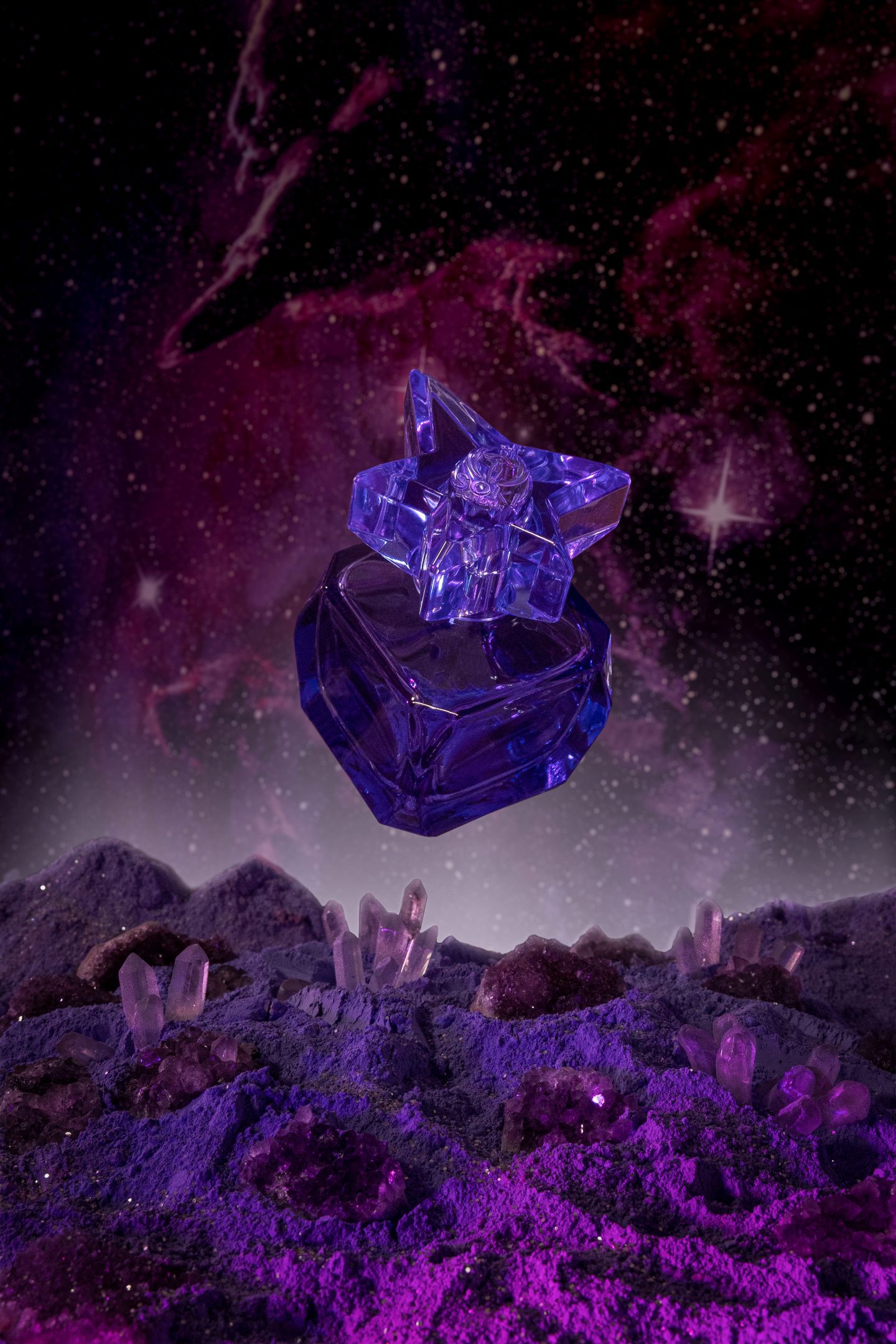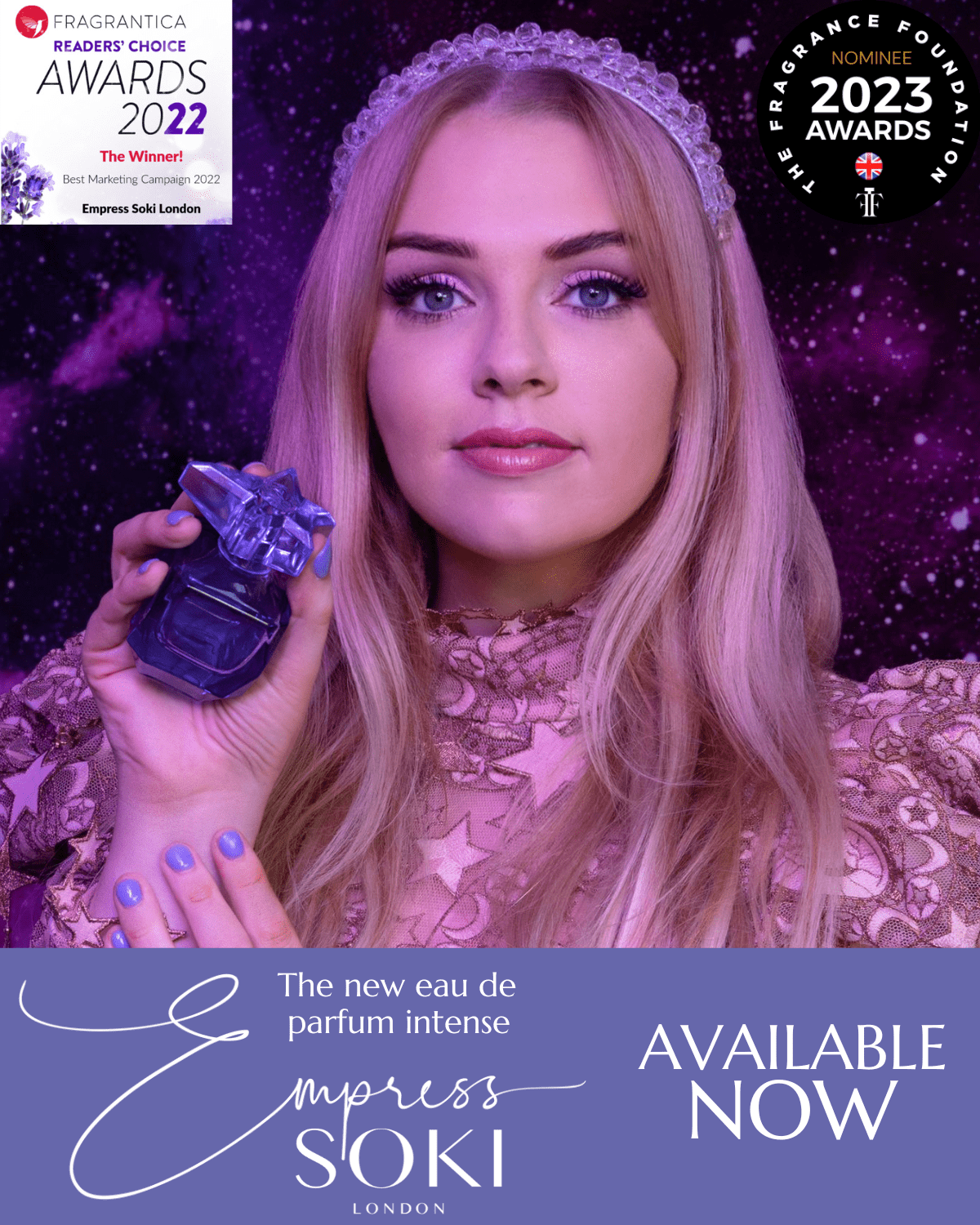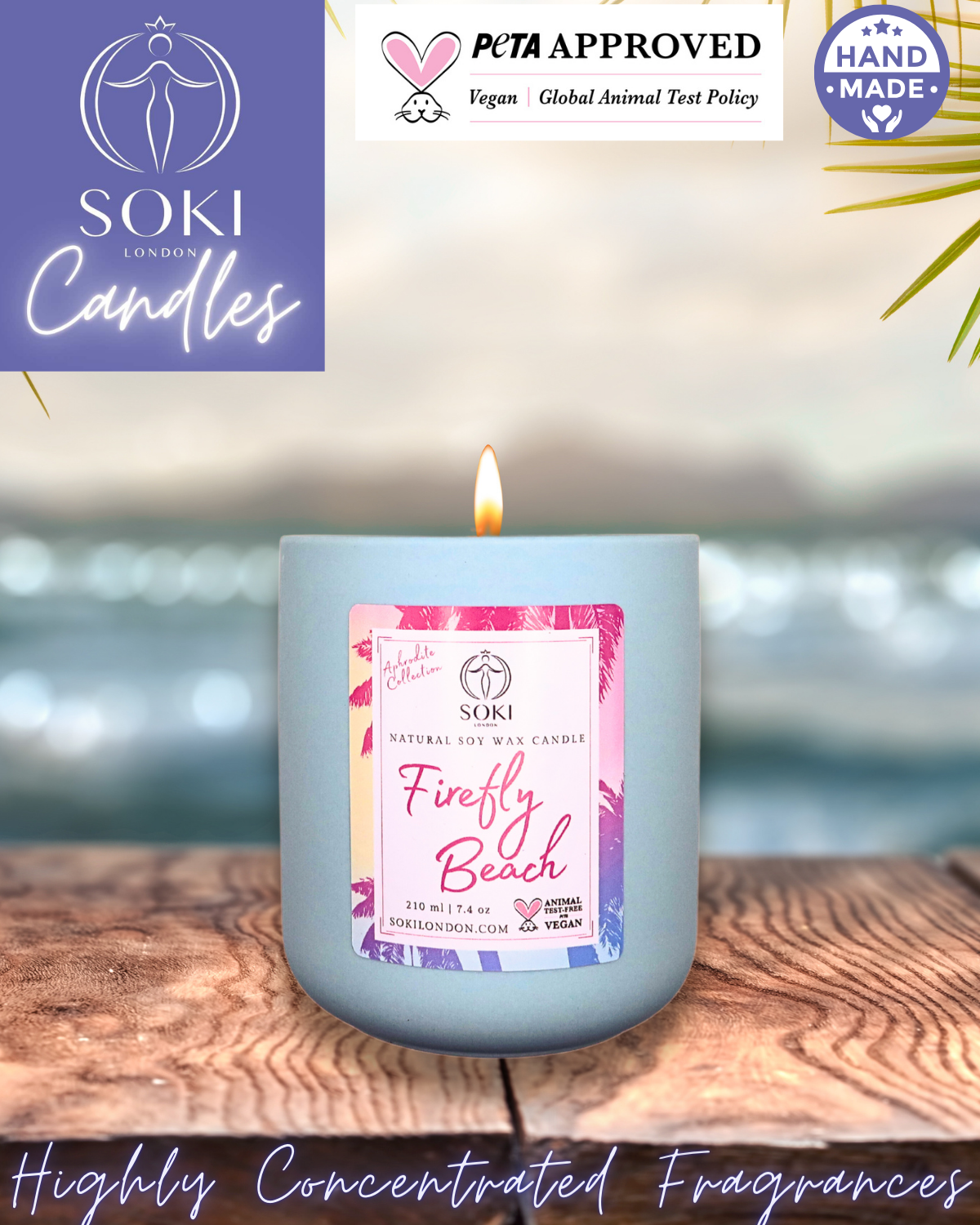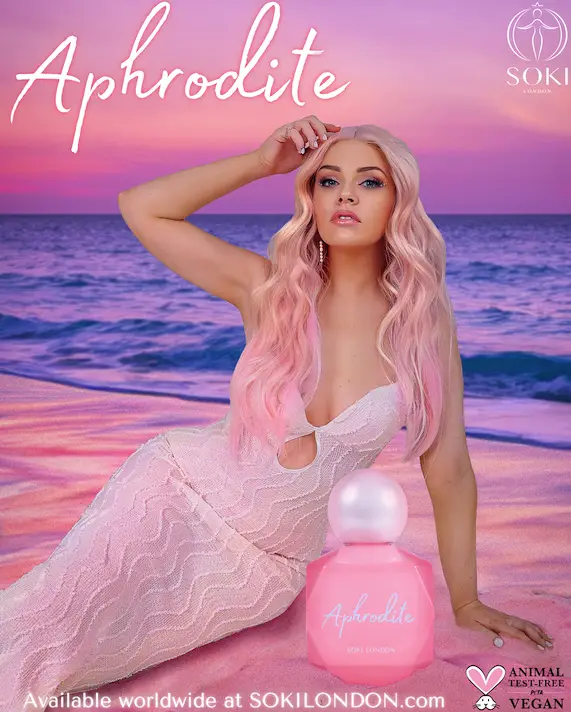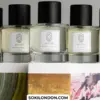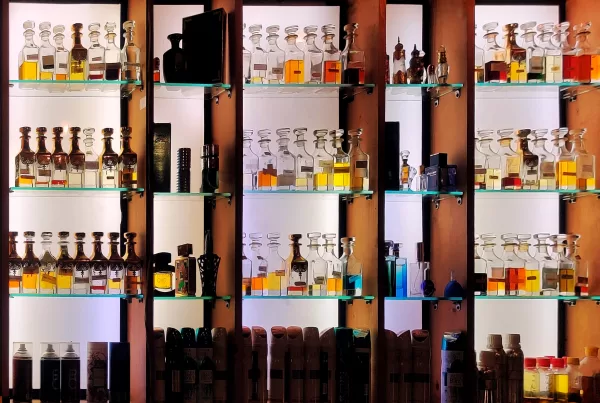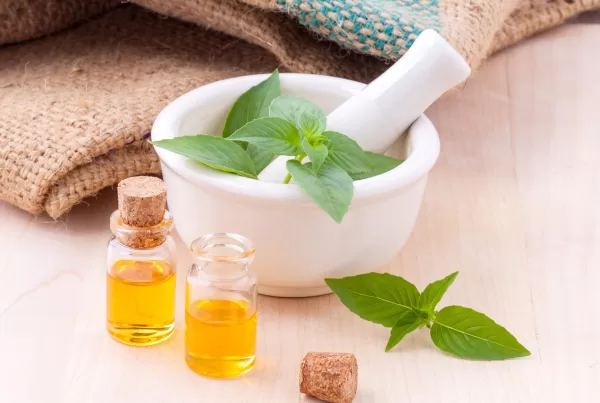Fragrances have the power to captivate our senses, evoke emotions, and leave a lasting impression. With a myriad of scents available, understanding the different types and concentration levels of fragrances becomes crucial in selecting the perfect scent for any occasion. In this article, I unravel the mysteries behind the different names, like Eau De Parfum and Eau de Toilette, which fragrances are given, exploring their respective concentration levels and the impact they have on the scent experience. By delving into the nuances of these fragrance categories, you’ll gain insight into their unique characteristics, allowing you to make more informed choices when it comes to selecting the ideal fragrance for your personal style and preferences.
Table of Contents
- What’s the difference between EDT and EDP?
- Eau de Parfum or Eau de Toilette, which is better?
- What’s the difference between aftershave and eau de toilette?
- What is a cologne?
- What is an Eau De Parfum intense?
- What is a perfume extrait?
- What does ‘absolu’ mean in perfumes?
Fragrances are available in various concentration levels, each indicating the amount of fragrance oils or aromatic compounds present in the perfume formulation. The most common concentration levels, in ascending order of strength and longevity, are as follows:
- Splash or Aftershave: This has the lowest concentration of fragrance oils, typically ranging from 1% to 3%. Splashes or aftershaves are primarily used to soothe the skin after shaving and provide a subtle scent that dissipates relatively quickly.
- Eau de Cologne (EDC): Cologne has a fragrance concentration ranging from 2% to 5%. It is known for its fresh, light, and invigorating scent and is often used for everyday wear, particularly in warmer climates or casual settings.
- Eau de Toilette (EDT): EDT contains a higher concentration of fragrance oils compared to cologne, typically ranging from 5% to 15%. It provides a stronger and longer-lasting scent on the skin and is a popular choice for daily wear.
- Eau de Parfum (EDP): EDP has a higher concentration of fragrance oils, usually ranging from 15% to 20% or even higher. It offers a more intense and longer-lasting scent compared to EDT and is often preferred for special occasions or evening wear.
- Perfume Extrait or Pure Perfume: This is the most concentrated and potent form of fragrance, with a fragrance oil concentration of 20% to 40% or higher. Perfume extrait provides an extremely intense and long-lasting scent experience, often used for special occasions or when someone desires a luxurious fragrance.
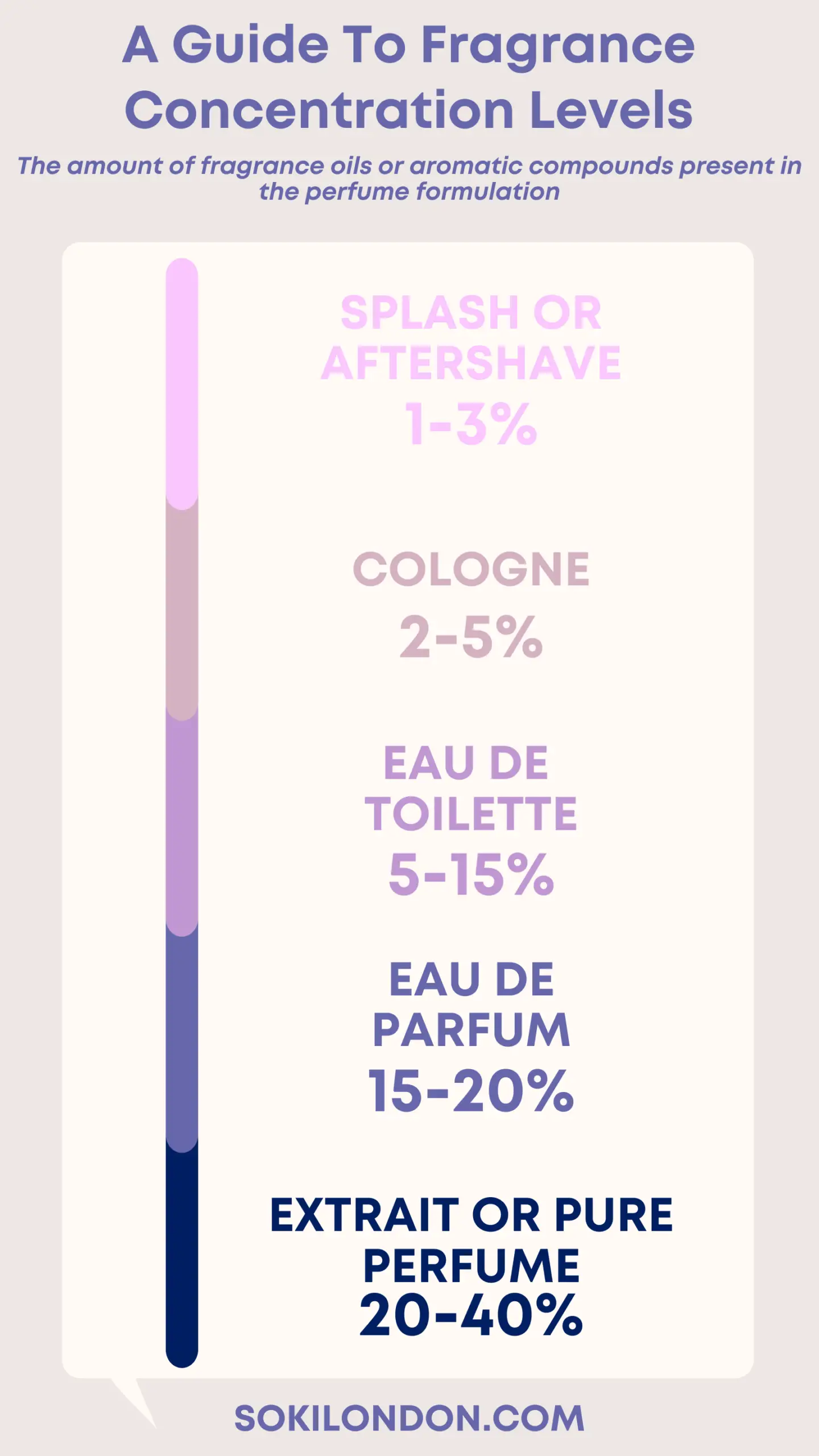
It’s important to note that the specific concentration levels can vary between brands, and some perfume houses may have their own unique terminology or variations. It’s always recommended to check the product description or consult with the brand to understand the exact concentration and characteristics of a particular fragrance.
What’s the difference between EDT and EDP?
EDT and EDP are abbreviations commonly used in the fragrance industry to indicate different concentrations of perfumes.
EDT stands for Eau de Toilette, while EDP stands for Eau de Parfum. The main difference between the two lies in the concentration of fragrance oils or aromatic compounds in the perfume formulation.
Eau de Toilette (EDT) typically has a lower concentration of fragrance oils, usually ranging from 5% to 15%. This results in a lighter, more subtle scent that tends to have a shorter longevity on the skin. EDT is a popular choice for everyday use and is often considered suitable for casual or daytime occasions.
On the other hand, Eau de Parfum (EDP) contains a higher concentration of fragrance oils, typically ranging from 15% to 20% or even higher. This higher concentration of oils makes the scent more potent, longer-lasting, and generally more intense. EDP is often considered more suitable for evening wear, special occasions, or when someone desires a more prominent and long-lasting fragrance.
Eau de Parfum or Eau de Toilette, which is better?
The choice between Eau de Parfum (EDP) and Eau de Toilette (EDT) depends on personal preference and individual needs. There is no definitive answer as to which one is “better” since it ultimately comes down to your specific preferences and the effect you desire.
Here are some factors to consider when making a decision:
- Intensity and Longevity: EDP generally has a higher concentration of fragrance oils, making it more intense and longer-lasting on the skin compared to EDT. If you prefer a fragrance that lasts throughout the day and has a stronger presence, EDP might be the better choice for you.
- Occasion and Setting: The choice between EDP and EDT can also depend on the occasion or setting in which you plan to wear the fragrance. EDP is often considered more suitable for special occasions, evening events, or situations where you want to make a bold statement. EDT, with its lighter and more subtle nature, is often favored for casual or daytime use.
- Personal Preference: Fragrance preference is subjective, and what may be appealing to one person may not be the same for another. Some individuals prefer the softer, more discreet scent of EDT, while others enjoy the stronger and more pronounced aroma of EDP. It’s important to sample and try both options to determine which one aligns better with your personal taste.
- Skin Chemistry: Keep in mind that fragrances can interact differently with individual body chemistry. The same fragrance can smell different on various people due to the unique combination of body oils and pH levels. It’s recommended to test the fragrance on your skin to see how it reacts and how the scent evolves over time.
Ultimately, the “better” choice between EDP and EDT is a matter of personal preference and the effect you desire. It’s always a good idea to try perfume samples or testers before making a purchase to ensure that the fragrance aligns with your preferences and suits your needs.
What’s the difference between aftershave and eau de toilette?
Aftershave and Eau de Toilette are two different products used in men’s grooming, particularly after shaving, but they serve different purposes.
Aftershave is primarily used to soothe the skin and provide relief from any potential irritation caused by shaving. It typically comes in a liquid or lotion form and contains ingredients like alcohol, witch hazel, aloe vera, and other soothing agents. Aftershave is applied directly to the skin after shaving to help close the pores, disinfect any small cuts or nicks, and provide a refreshing sensation. It often has a subtle scent that dissipates quickly. An Aftershave bottle doesn’t have a spray and the liquid is poured directly onto the hands before applying to the face. Aftershave is typically cheaper than Eau de Toilette or Eau De Parfum variations because it is lighter and less concentrated.
Eau de Toilette, on the other hand, is a fragrance product designed to provide a pleasant scent. It contains a higher concentration of fragrance oils compared to aftershave. Eau de Toilette is typically sprayed or dabbed on pulse points such as the wrists, neck, or behind the ears. It is meant to be a standalone fragrance and is not specifically formulated for soothing the skin after shaving.
In summary, the main difference between aftershave and Eau de Toilette lies in their purpose and formulation. Aftershave is primarily used for its soothing properties after shaving, while Eau de Toilette is a fragrance product used to provide a pleasant scent.
What is a cologne?
Cologne, often referred to as “cologne water,” is a term used to describe a type of fragrance or perfume. It typically refers to a fragrance product that has a lower concentration of fragrance oils compared to other perfume categories like Eau de Toilette (EDT) or Eau de Parfum (EDP).
Cologne is known for its lighter and fresher scent profile, making it a popular choice for everyday use, particularly in warm weather or casual settings. It typically contains a fragrance concentration ranging from 2% to 5%, which gives it a more subtle and less overpowering aroma compared to fragrances with higher concentrations.
Colognes often feature citrus, herbal, or aromatic notes, creating a refreshing and invigorating effect. They are typically applied by spraying or dabbing onto pulse points such as the wrists, neck, or behind the ears.
It’s worth noting that the term “cologne” is sometimes used interchangeably with “fragrance” or “perfume,” and the specific concentrations and naming conventions can vary between brands and regions. However, in general, cologne refers to a lighter fragrance with a lower concentration of fragrance oils, suitable for everyday wear.
What is an Eau De Parfum intense?
“Eau de Parfum Intense” is a term used to describe a specific variation or concentration level within the Eau de Parfum (EDP) category. It represents a fragrance that has an even higher concentration of fragrance oils than a regular Eau de Parfum, resulting in a more intense and potent scent experience.
While the exact concentration can vary between perfume houses, Eau de Parfum Intense typically contains a higher percentage of fragrance oils, often ranging from 20% to 30% or even higher. My first fragrance, Empress is an Eau De Parfum Intense with a 40% fragrance concentration. This elevated concentration allows the fragrance to exude a stronger presence and prolongs its longevity on the skin.
Eau de Parfum Intense scents are known for their rich, deep, and often complex compositions. They tend to have a bold and impactful character, with the fragrance notes intertwining to create a captivating and memorable olfactory experience.
What is a perfume extrait?
Perfume extrait, also known as pure perfume, perfume concentrate, or simply extrait, refers to the highest concentration of fragrance in the perfume industry. It is the most potent and long-lasting form of fragrance available.
Perfume extrait typically contains the highest percentage of fragrance oils, ranging from 20% to 40% or even higher, depending on the brand and formulation. This high concentration of oils makes the fragrance extremely intense and ensures that it lasts for an extended period on the skin.
Due to its strength, perfume extrait is often applied sparingly. It is commonly dabbed or applied with a stopper rather than sprayed, as only a small amount is needed to create a noticeable and long-lasting scent. The fragrance notes in perfume extrait tend to develop and evolve over time, creating a rich and complex olfactory experience.
Perfume extrait is considered a luxurious and indulgent form of fragrance, typically used for special occasions or when someone desires a highly concentrated and long-lasting scent experience. It is often more expensive than other perfume concentrations due to the higher concentration of fragrance oils.
It’s worth noting that the terms used to describe perfume concentrations, such as extrait, Eau de Parfum (EDP), and Eau de Toilette (EDT), can vary slightly between brands, and the specific percentages may differ. It’s always a good idea to check the product description or consult with the brand to understand the exact concentration of a fragrance.
What does ‘absolu’ mean in perfumes?
In the context of perfumes, the term “absolu” refers to a specific type of fragrance concentration or extraction method.
Absolu, or sometimes spelled as “absolue,” indicates a perfume concentration that is higher than Eau de Parfum (EDP) and closer to the pure perfume or perfume extrait concentration. It typically signifies a high concentration of fragrance oils in the perfume formulation.
While the exact percentage can vary between brands, absolu perfumes generally have a fragrance oil concentration ranging from 15% to 30% or higher. This higher concentration results in a more intense and longer-lasting scent compared to fragrances with lower concentrations.
Absolu perfumes are known for their richness, depth, and complexity of scent. They often have a luxurious and opulent feel, with carefully crafted blends of aromatic ingredients. The notes in an absolu fragrance may evolve and develop over time, providing a multi-dimensional olfactory experience.
It’s important to note that the term “absolu” can be used differently by different perfume houses, and the exact meaning and concentration may vary between brands. It’s always advisable to refer to the specific product description or consult with the brand to understand the concentration and characteristics of a particular absolu fragrance.

